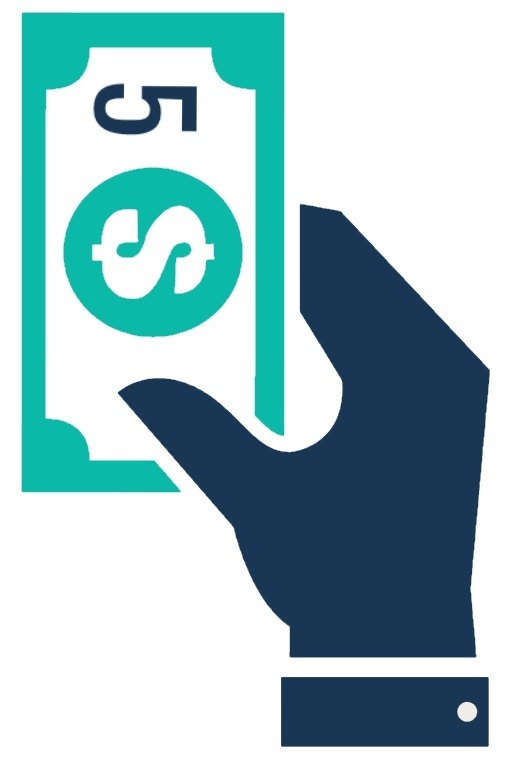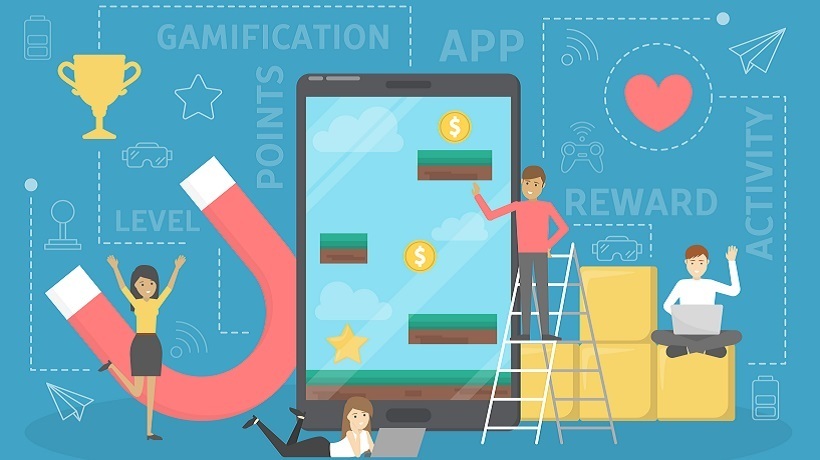 Engaging Employees
Engaging Employees
I’ve spoken before about the main problem Learning and Development professionals face in rolling out new training programmes: getting employees engaged.
Engagement is the pinnacle of a Learning and Development programme; without engagement, learners are no more than observers. But once engaged, learners evolve into active information-consumers who take the initiative and push their development forwards without the L&D department holding their hands or putting a gun to their back.
Long-term Engagement
The Learning and Development department’s aim is to roll out eLearning that knocks socks off and secures long-term learner engagement. But what it often achieves is a fleeting interest in the learning process that dissipates all too quickly, leaving a bunch of disinterested, disengaged and demotivated learners in its wake.
When we talk about engagement, we’re thinking about desire and behaviour. Do learners want to learn? Are learners making the effort to learn? Are they enjoying the process and doing well? Another way of looking at this is to consider motivation: are your learners motivated to learn or are they dragging their heels?
 Different Kinds of Motivation
Different Kinds of Motivation
Generally speaking, there are two types of human motivation: intrinsic and extrinsic.
Extrinsic motivation involves doing something for its external rewards, like money, praise or something else tangible. For extrinsically-motivated people, it is not the action or behaviour itself which they like, but the outcome. In the learning sphere, this means that learners may not enjoy learning new things, yet they are motivated to continue doing so because of the promise of a payrise at the end of the process.
Intrinsic motivation, on the other hand, drives behaviours that result in internal rewards, like enjoyment, positive feelings and happiness. It’s a drive to complete an action – in our case, learning – because of the effect it has on us internally. Therefore when people are intrinsically motivated, they have a genuine desire for the activity itself and enjoy it tremendously.
When it comes to learning, it’s pretty clear that we’re all aiming to get our learners intrinsically motivated. Yet – you may see where this is going – we tend to extrinsically reward our learners (with remuneration, badges, kudos and promotions), which has been found to have a negative impact on intrinsic motivation.
In an experiment to test motivation, psychologist Edward Deci monitored two groups of students playing a game called Soma. One group was paid for each puzzle they solved, while the other group played for no monetary reward. What Deci found is that Group A participants stopped completing the puzzles as soon as the experiment ended and there was no more money to be had. Group B, on the other hand, kept solving the puzzles even after the experiment was over. This is because they found the puzzles intrinsically interesting – the other group may have also thought this, but the extrinsic reward reduced their intrinsic motivation to continue.
 Gamification: Extrinsic Rewards
Gamification: Extrinsic Rewards
Gamification is the application of gaming mechanics and gaming metaphors to non-gaming scenarios. You can find out more about how to use gamification to delight and excite your learners here.
When it comes to extrinsic rewards, gamification has it covered: badges, trophies, awards, levels, scores, points, missions, quizzes, leaderboards, ranking and rating… There is a cornucopia of extrinsically motivating rewards to be found on a gamified Learning Management System!
And the evidence is there that gamification engages learners and motivates them to push on in their learning and development.
But if Gamification is Extrinsic, What About Intrinsic Motivation?
Those sat in the ‘gamification is bad’ camp say that gamification only creates extrinsic motivation, not intrinsic. That is, the learners focus on completing the task to gain the reward, rather than being creative to discover solutions.
They say that employees that learn on a gamified Learning Management System will not be truly engaged, at least not in the long term, because they are only working hard to gain badges, points and achievements – and as soon as the novelty wears off, so will their engagement and good work ethic. Ultimately this means that the learners will not fully understand the learning content. A very serious criticism of gamification, no doubt.
The people that believe this consider extrinsic and intrinsic motivators to be polar opposites, but really, they are co-dependent on each other – luckily, this means that gamification can indeed help to motivate learners intrinsically, thus securing long-term learner engagement.
The Link Between Extrinsic and Intrinsic Motivators
In order for gamification to truly motivate learners, it has to target correct, intrinsically-motivated behaviours.
The elements that are missing from most gamified Learning Management Systems are meaningful feedback and reinforcement for learners. Rewarding a learner with a badge for every little thing they do on their Learning Management System will not motivate them to continue once the novelty wears off (since in this case the rewards are only extrinsic). But on the other hand, rewarding a learner for achieving specific goal-orientated learning objectives will boost these behaviours.
Andrzej Marczewski’s RAMP theory illustrates this. He explains that there are four key motivational drivers which should be used as foundations for all good gamified systems:
- Relatedness: social status, connections, belonging.
- Autonomy: creativity, choice, freedom, responsibility
- Mastery: learning, personal development, levels
- Purpose: altruism, meaning, a reason why
Let’s look at these in more detail and see how gamification can help to satisfy these drivers (do make sure you check out Andrzej’s website for the full article).
Relatedness
Gamifying social interactions on Learning Management Systems can satisfy this driver. By rewarding learners with points when they pose questions, provide answers, share links, suggest further reading and collaborate on projects will gift learners a sense of community and ‘relatedness’, thus intrinsically motivating them to continue these behaviours.
Autonomy
Without some level of freedom, learners become stagnated and will struggle to get motivated – their creativity will drop off and they will cease to engage with the learning material.
A gamified LMS can tackle this by offering learners choices. For instance, learners should be rewarded when they choose which piece of eLearning to open next, which Insights Group (area of interest) they would like to join and focus on, and even when they change their profile picture.
Mastery
All learners start off on the same level, both figuratively (they are novices) and literally, as they enter into the beginner ‘Level’ on their LMS. In order to progress through the stages, improve their standing and prove they have ‘mastered’ the Learning Management System, they need to complete certain tasks and accumulate points and badges. Therefore the more they do, they more masterful they appear: again, extrinsic rewards like badges and points lead to intrinsic motivation.
Purpose
Give learners a sense of purpose by encouraging them to become ‘experts’ on their Learning Management System – and reward them for it! The more learners help others – by answering questions, contributing to debates and sharing information – the more points they’ll get and the more they will believe they have a purpose and a role to play on their LMS.
 Lasting Engagement
Lasting Engagement
Once we accept that intrinsic motivation and extrinsic rewards are linked, we’ll be able to secure long-lasting learner engagement that will be sure to boost the ROI of the training plan and contribute to business success.
"ABOUT: Juliette Denny is Managing Director of Growth Engineering, a multi-award winning Learning Technologies company that is waging war on dull online learning. Growth Engineering aims to shake up the eLearning landscape and prove to the world that learning doesn’t have to be boring! With gamification, learning can be engaging, entertaining and enjoyable. Find out more here.











